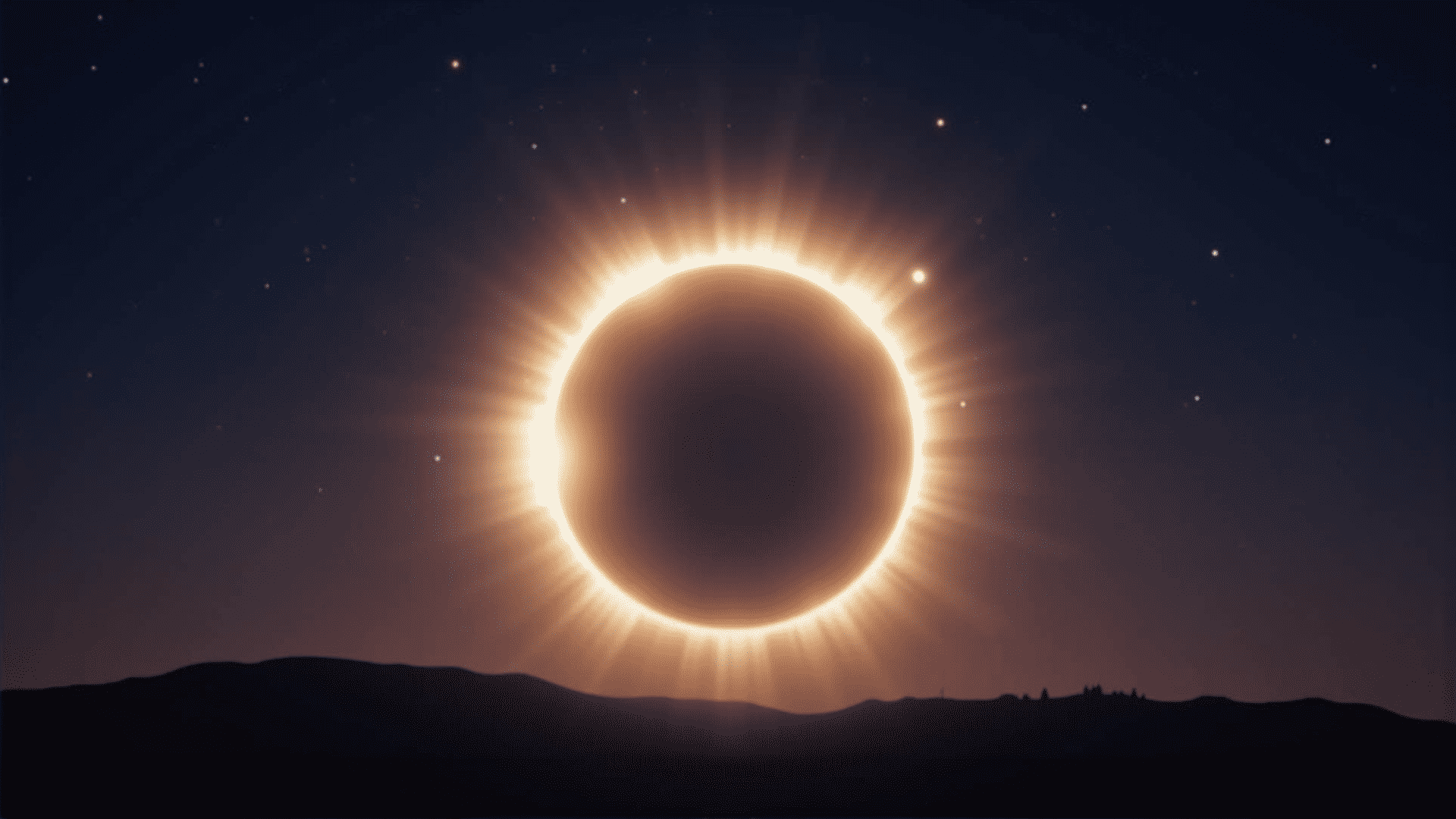Capturing the celestial wonders of solar and lunar eclipses is a rewarding experience for photographers of all skill levels. Whether you're a rookie eager to catch your first shot or a seasoned enthusiast aiming to perfect your technique, understanding the essentials of eclipse photography is crucial for creating impactful images.
Understanding Eclipses: The Basics
A solar eclipse occurs when the Moon passes between the Earth and the Sun, casting a shadow on Earth. Conversely, a lunar eclipse happens when the Earth comes between the Sun and the Moon, causing the Earth's shadow to cover the Moon. Recognizing the differences in lighting and timing between these two events will allow you to prepare effectively.
Essential Equipment
Before the day of the event, it's important to gather the right tools:
-
Camera and Lenses: A DSLR or mirrorless camera with manual settings is advisable. Telephoto lenses (200mm+ for lunar, and ideally 500mm+ for solar eclipses) are terrific for capturing details.
-
Tripod: A stable tripod is crucial for sharp images, particularly during the long exposures required in low-light conditions such as during a total eclipse.
-
Solar Filters: For solar eclipses, safety is paramount. A solar filter that fits over your lens is essential to protect both your camera's sensor and your eyes.
-
Remote Shutter Release: This helps minimize camera shake, giving you sharper images, especially during longer exposures.
Planning Your Shot
Preparation is key. Research the path and timing of the eclipse:
- Location: Choose a location with clear skies and a wide view of the horizon. Arrive early to claim your spot.
- Timing: Eclipses occur over several hours, but the total phase may last only a few minutes. Use apps or websites dedicated to eclipse tracking to know the exact timings.
Composition and Settings
-
Framing: Decide whether you want a close-up of the eclipse or a wide shot that includes the landscape. Including landmarks can provide a strong sense of place.
-
Exposure: Adjust settings manually. During a solar eclipse, start with a low ISO (100-200), a fast shutter speed (1/1000s or faster depending on light conditions), and adjust aperture as needed. For a lunar eclipse, you may need to increase ISO (400+) and shoot with slower shutter speeds (up to 1/30s or slower) due to lower light.
-
White Balance: Set your camera to daylight for solar, and auto or custom for lunar eclipses to experiment with the Moon's color.
Capturing the Perfect Moment
Be ready to adjust your settings as the light changes throughout the event. For solar eclipses, watch for the diamond ring effect or Bailey's beads, and be ready to switch settings during totality when the surrounding environment darkens dramatically.
For lunar eclipses, capturing the entire sequence from partial to full eclipse can create a stunning time-lapse or composite image that showcases the process.
Post-processing Tips
Post-processing is your chance to enhance the details:
- Adjust the contrast and brightness to ensure the eclipse stands out.
- Highlight the colors and details using tools for sharpness and clarity.
- Consider creating a composite image that shows different phases of the eclipse side by side.
In conclusion, eclipse photography combines the thrill of capturing a transient phenomenon with the technical challenge of varying lighting conditions. With preparation, the right gear, and a creative vision, you can create memorable photos that showcase these extraordinary astronomical events.
